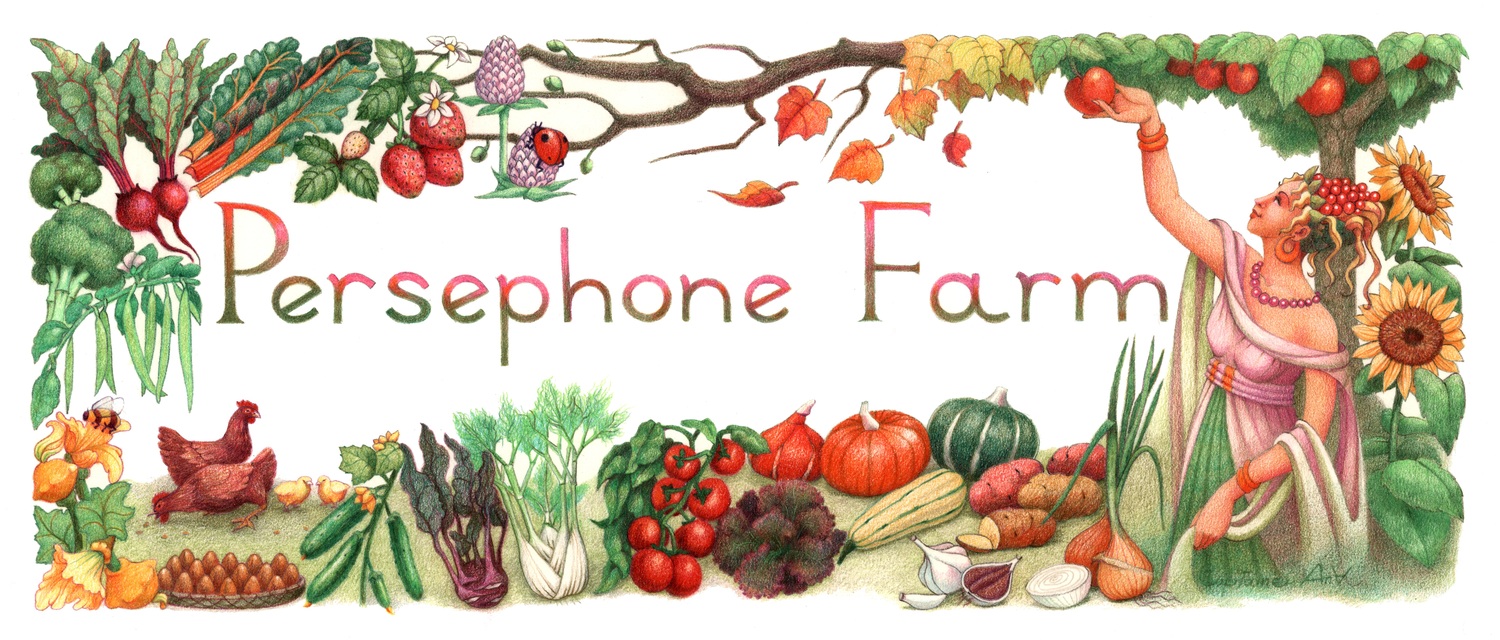Hearty Winter Pot Pie and Mashed Potatoes
You don't have to wait until winter to make pot pie, but winter roots make a very fine base for this tasty dish.
Crust for the Pot Pie
Please use your favorite piecrust recipe (I like one from Deborah Madison's Vegetarian Cooking for Everyone). Make enough for one 9" pie shell at least an hour ahead of time so the dough can chill, and it will roll out better. For years I thought I had to make both a top and and bottom crust for pot pie, but Nina Planck freed me forever when I read her recipe for apple Tarte Tatin in her wonderful The Farmers' Market Cookbook. Now I just make one crust to top the pot pie, tucking the edges down around the filling.
I no longer eat wheat but I still have plenty to enjoy in this recipe. I've got mountains of mashed potatoes, or if I like I cancook up a bowl of rice to accompany the filling. Or if gluten free pastry is your thing, go ahead and give it a whirl.
The Filling
Cut up enough vegetables into bite-sized pieces to make 8 cups. In winter I like to use carrots, parsnips, celeriac, and rutabaga. Other options for fall include fennel, winter squash, and brussels sprouts, or for summer you can also try fennel, peas, beans, and corn. (At this time of year I sometimes use corn, peas, and beans which we froze last summer.)
Toss the cut vegetables with sunflower oil and salt and roast at 425 for about 20 minutes or until as tender as you like them. One way to get nice roasted vegetables is to use large roasting pans and fill them with just a shallow layer of vegetables. Also, stir the vegetables only as often as you need to keep them from burning.
Add 2 cups of your favorite protein, cooked and cut in bite-sized pieces (chicken, turkey, beef, lamb, tofu, egg ...) or if you prefer, just use more vegetables.
Mushroom and Onion Gravy
1 lb. mushrooms (crimini are nice), sliced
oil or butter
two large onions
1/4 tsp. ground black pepper
1 Tablespoon rubbed sage
1/2 teaspoon thyme
6 Tablespoons rice flour
2 Tablespoons nutritional yeast
1 1/4 cup red wine (a burgundy is good)
2 Tablespoons tamari
3 cups water
Sautee the mushrooms in oil or butter. Spreading them out among several pans helps them sautee well rather than steam.
Peel and halve the two large onions and slice between 1/8 and 1/4 inch thick. Set mushrooms aside and sautee onions, salting lightly. Once they are cooked, combine the onions and mushrooms in a cast-iron or heavy saucepan and add the pepper, sage, and thyme. Stir and sautee a moment more, then stir in the flour, then the nutritional yeast. Next, stir in the wine, followed by the tamari, then the water. Raise the heat and cover if necessary to bring the gravy to a boil. Lower to a simmer and remove the cover, cooking and stirring until the gravy is as thick as you like it. Taste for seasoning and adjust salt, pepper, etc. of necessary.
To assemble the pot pie, fill a 10 inch cast-iron skillet with the vegetable and protein filling, douse it with a generous helping of gravy (you will have extra gravy left over for your mashed potatoes), then cover it with your crust. You can brush beaten egg on top of the crust if you like for a nice crisp, brown top. Bake at 425 for about 20 minutes or until the crust is a nice golden brown. This pie should feed 3 or 4 people depending on what side dishes you serve. It makes great leftovers too.
Mashed Potatoes and Shallot Butter
One potato per person you are serving (I use large ones for our farm appetites; you can choose smaller potatoes depending on your crowd's needs.)
As much butter as you dare (I fall close to the Anthony Bourdain end of the butter use spectrum ... but I usually do not show my guests how much butter I am using. You might like to start with a Tablespoon of butter per large potato and adjust up or down according to your preference.)
Two shallots, peeled and sliced thinly
Cut the potatoes into roughly 3/4 inch chunks and bring to a boil with enough water to cover in a large pot. Lower the heat so the water doesn't boil over but keep the potatoes cooking at a good boil. Once the potatoes test tender, drain the water and replace in the pot.
Meanwhile, melt and heat the butter in a heavy skillet and add the sliced shallots, salting lightly. Allow to cook until evenly light brown, stirring only often enough to avoid burning. Add the butter and sauteed shallots to the potatoes and mash. Add salt and pepper to taste if you like or encourage your guests to dress their own potatoes with as much salt, pepper, and/or gravy as they like. Leftover mashed potatoes are never a bad thing either.
Round out this meal with a cooked winter squash or ... of course ...a fresh vegetable slaw!
Street Address
City, State, Zip
Phone Number
Your Custom Text Here
